News 10/7/10
Patients are concerned with the ability to communicate with their healthcare providers, according to a new poll. They say their experiences would be more satisfying if they could spend more time discussing health issues and would prefer having a single provider overseeing their care.
Carolina Family Practice and Sports Medicine apparently already understood the need for better provider-patient communication, having recently implemented Intuit Health’s patient portal.The portal allows patients to securely communicate online with their doctors, as well as pre-register, request appoints, and pay bills.
If you are looking for a great online resource for EHRs, I happened across this section on from the Maryland Health Care Commission (MHCC) Web site. MHCC developed the Physician EHR Portfolio as a tool for physicians evaluating and comparing EHRs. It includes product and pricing information (both ASP and client/server options) for about 30 products. Most vendors include screen shots and user references. MHCC also created pricing comparison tables that aggregate the per-year projected costs by vendor. FYI, the five-year cost for a four-doctor practice utilizing an ASP model ranges from $13,000 (total) for RxNT to $192,906 for EHS’s CareRevolution.
Fletcher-Flora Health Care Systems and Praxis Electronic Medical Records announce a partnership to interface Praxis EMR with the FFLex eLink IMR instrument management system. The integration will allow providers to import patient results from clinical lab instruments into the Praxis program.
MedInformatix combines its EMR and practice management platform with PhoneTree’s Patient Messaging, giving users the ability to issue automatic reminders and announcements based on data in the MedInformatix database. The integration is bi-directional and message tasks can be executed from both the MedInformatix and PhoneTree applications.
The e-MDs folks point out that both winners of the 2010 HIMSS Davies Ambulatory Care Award of Excellence are e-MD clients. The Diabetes Center (MS) and Miramont Family Medicine (CO) were individually recognized for leveraging their use of HIT to provide excellence in care. The Diabetes Center, by the way, was the first nurse practitioner-owned practice to be considered for a Davies award.
Yet another health system buys a large private practice. St. Joseph Mercy Health Systems (MI) purchases the 150-physician Integrated Healthcare Associates (MI). St. Joseph’s CEO says the healthcare reform bill played a role in prompting the merger, since care is being driven away from hospitals and back into doctors’ offices and outpatient centers. Personally, I think that is code for, “Accountable Care Organizations are on the way and we’re proactively lining up our team.”
We try to minimize the overlap between HIStalk and HIStalk Practice, but I wanted to point out some particularly insightful comments Mr. H made about hospitals buying up primary care practices. Mr. H points out that back in the 1990s, hospitals went on similar buying sprees, paying big money for practices — only to have doctors buy themselves back out a few years later. See here why Mr. H predicts history will repeat itself.
In addition to worrying about Meaningful Use and Accountable Care Organizations, industry consultants say physician offices should be prepping for the ICD-10 transition. The deadline is October 1, 2013, which means practices have less than three years to assess their needs, implement a transition plan, and make the switch. AHIMA says 59% of their members haven’t started to address the transition, which is estimated to cost more than $83,000 for a 1-10 physician practice. A couple of organizations estimate that the complete ICD-10 conversion process will take providers 966 days to complete, which means the planning process should have started January 8, 2010, in order to meet the October 1, 2013 deadline. In summary: there’s a new storm a brewing.
I’m sorry I couldn’t attend last week’s Xconomy Xchange in Boston featuring athenahealth’s Jonathan Bush and eClinicalWorks’ Girish Navani. Pediatrician Andrew Baumel, MD provided an overview on HIStalk Practice earlier this week, noting both leaders were forthcoming about their views and company strategies. He also mentioned a lack of fireworks (which of course would have been entertaining.) Xconomy filed its own summary, also noting frank talk “without (too much ) verbal bloodshed.” There’s such honor in HIT.

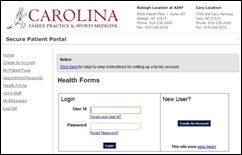
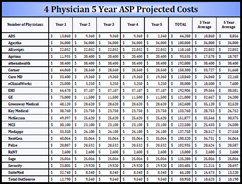
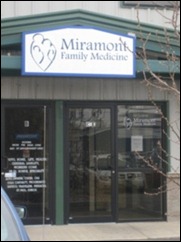


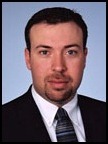
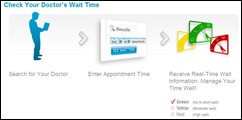




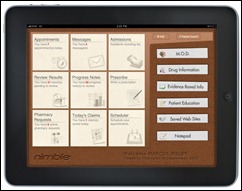
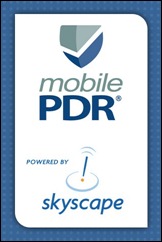

Re: Walmart Health: Just had a great dental visit this morning, which was preceded by helpful reminders from Epic, and…